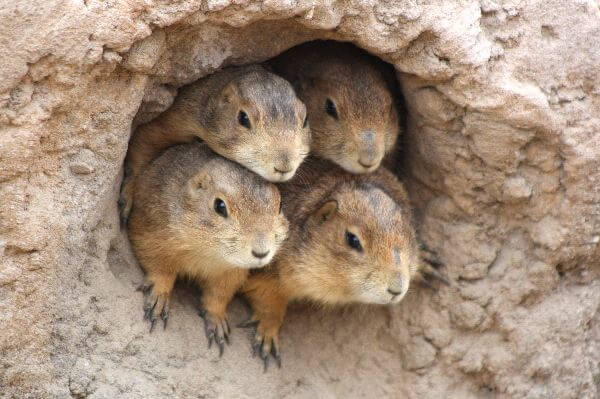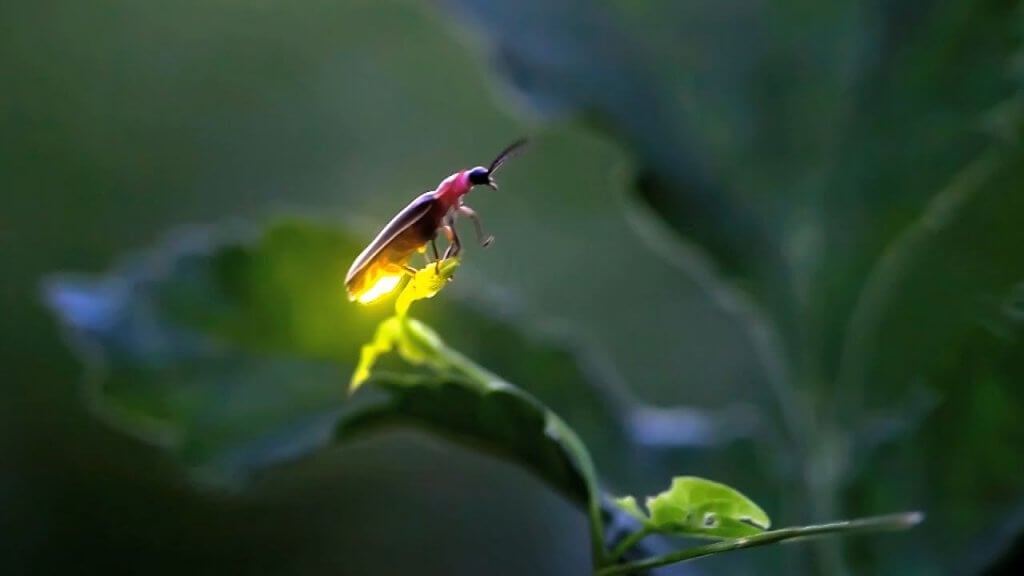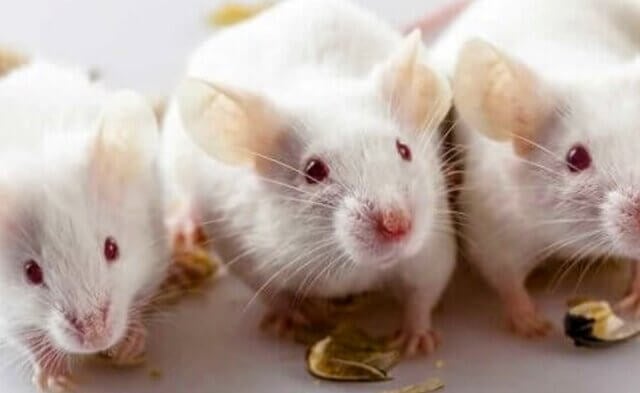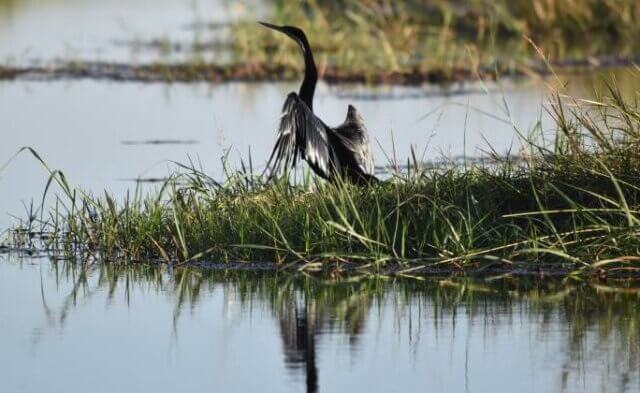Even when prairie dogs are standing as straight as they possibly can—the appropriate posture for spotting predators—these little guys aren’t much more than a foot tall.

Image: @BBC.com
Just don’t mistake what they have to say for “small talk.”
Their barks, chirps, and yips don’t translate simply as “coyote,” “eagle,” or “human,” says Con Slobodchikoff, who knows a thing or two about prairie-dog vocabulary. A professor emeritus of biological sciences at Northern Arizona University in Flagstaff, he’s been analyzing the sounds that they make for more than 30 years.
While birds, monkeys, and other species also have distinct alarm calls, Slobodchikoff found that prairie dogs don’t just identify a predator, but they give their colony-mates the specifics—size, shape, color, and, of particular interest, speed.

Prairie Dog – Genus: Cynomys
Their communication skills are so intricate, expressive, and richly detailed, Slobodchikoff concluded, that they make up a language.
Animals talk to each other all the time. Whales sing, frogs croak, and birds chirp. Others communicate without opening their mouths, like when fireflies light up or when fish swim in synchronized schools. And some animals have no trouble bridging the species divide. Cats tell us when it’s time to get up, and dogs aren’t about to miss dinner.

Image: Iowa Public Television
Communication, regardless of the form, is a sign of animals’ cognition—their ability to comprehend, remember, and solve problems. It’s also a reminder that members of all species have thoughts, opinions, and feelings and that they deserve to be treated with respect.
Written by Craig Shapiro




